Understanding The 4WD System in Your Vehicle
There are so many different systems available in our modern 4WDs, which I feel some might need explaining. So let's start with the core components that allow your 4WD to be an extremely capable piece of equipment.
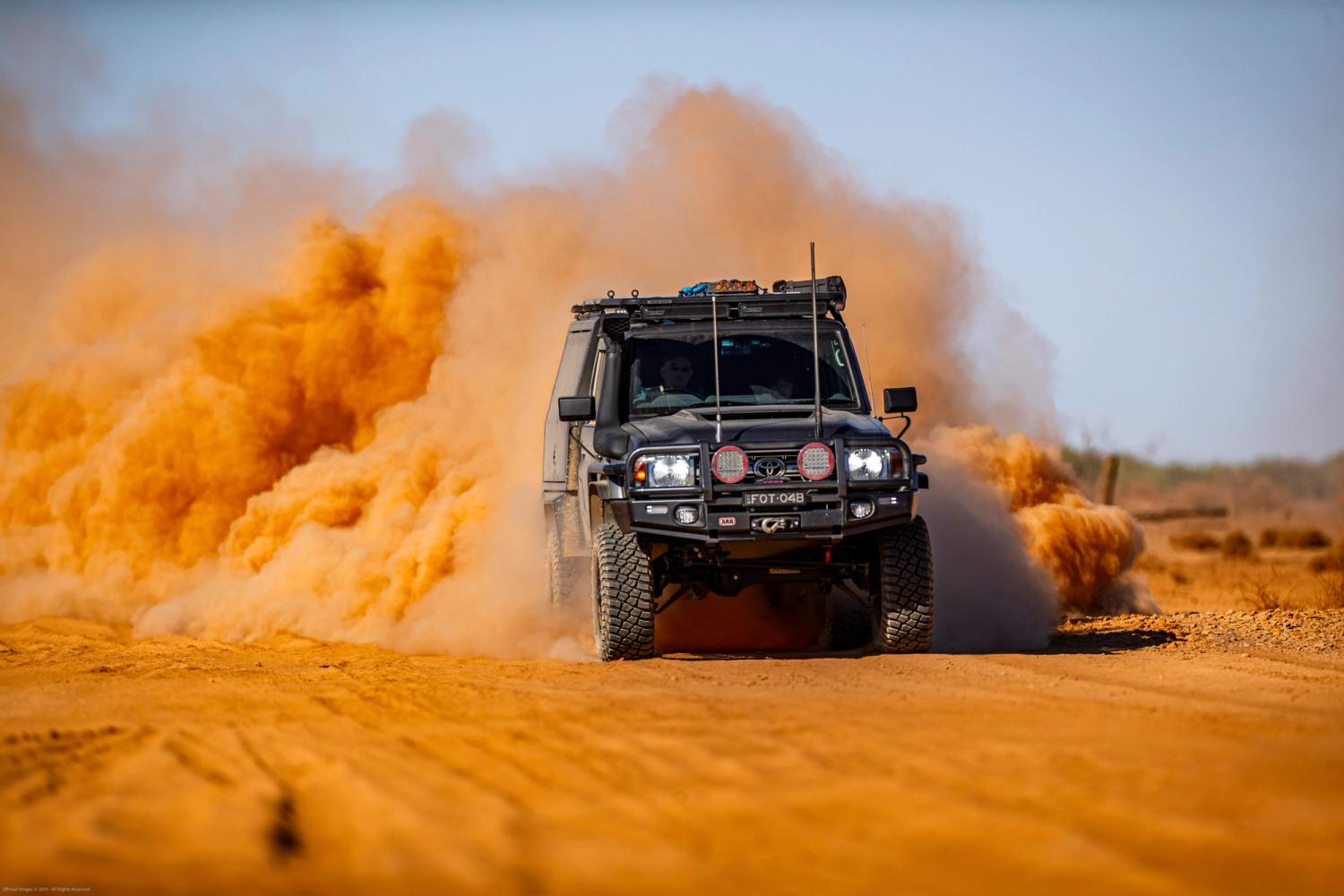
Do you really understand how the 4WD system in your vehicle actually works?
This is a question I feel needs addressing. There are so many different systems available in our modern 4WDs, which I feel some might need explaining. In the past, 4WDs would have two levers: one for controlling the number of gears forward and reverse, and another for selecting high and low range gear. In these modern 4WDs, you usually select high and low range through a button or a dial.
For this article, I don’t want to focus on all the different styles of 4WD computing that control torque and throttle responses to the selected terrain you're driving on, but rather get back to the core components that allow your 4WD to be an extremely capable piece of equipment.
On a recent trip, I had three different people ask me questions relating to 4WD systems. It made me realise that while 4WD systems, both modern and old, might make sense to me, there are many people who don’t understand the basics of these modern systems and how they really work.
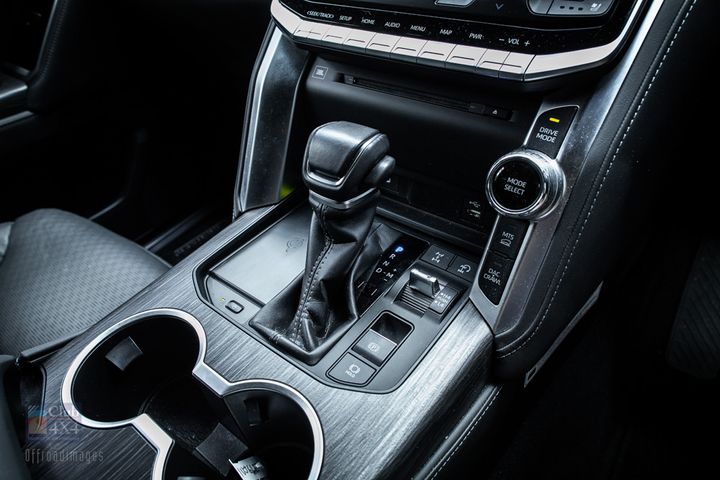
So, let’s get back to the basics.
First question...
What’s the difference between high range and low range 4WD?
While many of you out there understand the difference and know when to utilise each of these systems, we should look at the advantages and disadvantages of each system.
Simply put, low-range gears provide the drivetrain with an easier effort of moving through the environment. The engine exerts the same effort, yet the vehicle moves forward at a reduced speed. This reduced speed is more controlled and potentially enables the vehicle to traverse obstacles with greater ease, more stability, and with fewer chances of wheel spin.
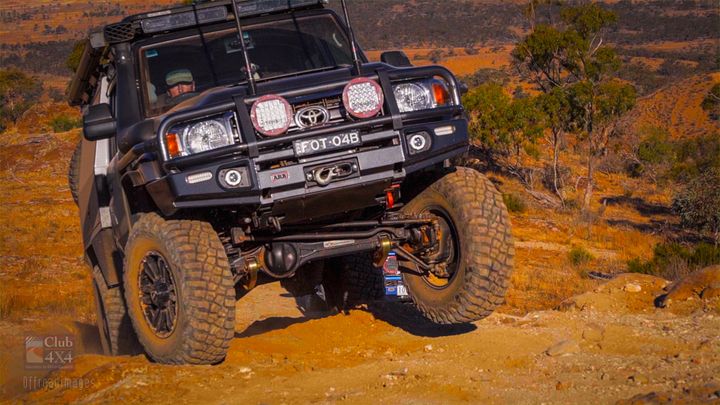
One of the key benefits, which is often overlooked, is the reduction of stress to the drivetrain when utilising low range. When driving up an incline or steep terrain, many vehicles might seem capable of traversing it in high range with today’s powerful engines. However, the more time spent working harder applies more energy through the transmission, leading to the potential of overheating an automatic transmission in no time at all. I have seen this happen many times before. The vehicle seems fine performing the task until the warning light glows on the dashboard.
Utilising low range might seem a little excessive at the time, but on a long haul up a steep hill, the task will be performed much easier, and your entire 4WD system will thank you for it. To have your vehicle arrive at the top of a mountain like Mount Blue Rag completely cooked would potentially lead to a very expensive recovery exercise.
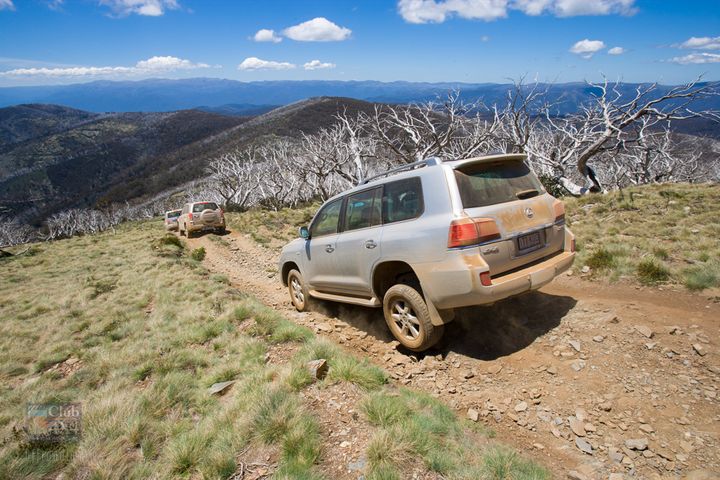
Let’s also look at heading downhill in steep terrain. Do we use high range or low range gears?
The benefits of the 4WD systems, which contain transfer cases containing high and low range gearing, only come into effect when you use them. When traveling downhill on a 4WD track, you need to use low range gearing to reduce brakes from overheating. Using low range will utilize engine braking and reduce the need for heavy braking, at the same time reducing the risk of overheating your brakes, which in turn could superheat wheel bearings and drivetrain components.
Got a 4WD and want great insurance?
We specialise in comprehensive insurance for 4WDs, caravans and camper trailers.
Question 2...
In soft sand, do we use high range or low range?
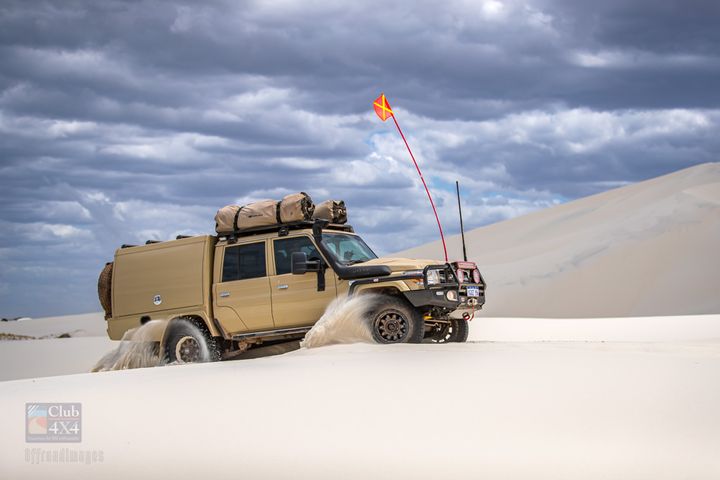
These modern-day engines have great output and can usually get you through a section of soft sand in high range quite effectively. But the continuous energy of pushing hard in high range through soft sand will, in time, create stress to the transmission and, in turn, create undue stresses and potentially overheat the system.
Low range driving through soft sand is simply so much easier on the drivetrain. You will use less fuel and have a much easier time about it. It needs to be remembered that you can easily drive at over 40 km/h in low range, so you are able to move around on the beach or in the desert in the soft stuff quite easily.
It’s all about having a good time out there in your 4WD investment, while getting home safely and successfully without any drama.
Question 3...
My vehicle is always in 4WD, isn’t it?
An All-Wheel Drive vehicle like a Toyota Prado is known as an AWD (All-Wheel Drive) and travels down the highway pushing all wheels all the time. This assists the driver in many ways and, in most cases, provides a better driving experience than that of a rear or front-wheel-drive vehicle.
While talking to an individual about his planned Fraser Island trip in their Prado, he commented about the automatic transmission overheating on a test run driving a beach near Coffs Harbour.

I asked him if he was in low range or high range while driving in the sand. His reply was simple... It’s always in 4WD. This can be quite confusing, as there are many people out there who don’t understand the 4WD system they have spent big money on. I showed him where the centre diff lock button was, and to his surprise, he didn’t know what it was.
In this situation, the vehicle heading down the beach in its standard AWD system will be losing traction on one single tyre, allowing it to spin freely and disrupting the vehicle's forward movement.
This centre diff lock button changes everything. It changes the AWD vehicle into an extremely capable 4WD vehicle. What does it do, you might ask? It ties the drive across the vehicle from corner to corner, ensuring traction holds firmly as the vehicle climbs or descends on a 4WD track. This system will hold strong in both low range and high range, assisting traction, but very importantly, it also assists in helping reduce braking distances when emergency braking takes place.
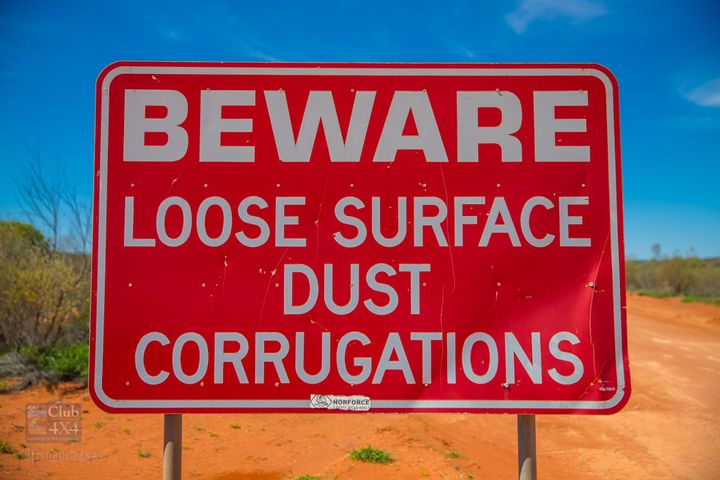
Modern vehicles are equipped with ABS braking systems (Anti-Lock Braking Systems), which reduce the risk of locking up a wheel when heavy braking takes place. If you are traveling along a dirt road in AWD and require heavy emergency braking, the vehicle might lock up a single braking wheel in the loose terrain, and due to the ABS system attempting to stop the brakes from locking up, the vehicle will run straight down the track until it finally comes to a stop.
With the center diff lock engaged, two corners need to lock up before traction is reduced. I can assure you we have tested this process, and the stopping distance is greatly reduced on a vehicle running a 4WD system with the center diff lock engaged.
Many 4WDers travel great distances without even placing their vehicle in 4WD. Doing this could create more tire wear, cause more track erosion, and pose a greater risk to the occupants of the vehicle during severe braking.
If you are new to 4WDing and are not sure how your 4WD system works, make sure you do some research or ask someone for advice. This will make a massive difference to your experience with your purchase.
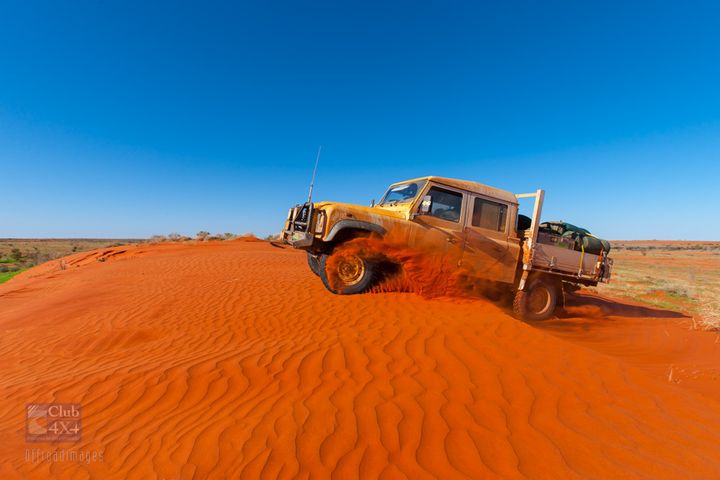
“Cheers”
Michael Ellem | Offroad Images
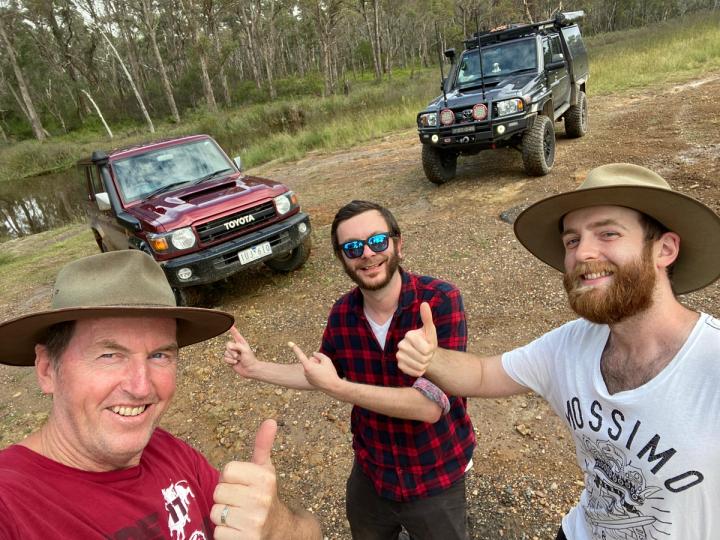
The Campfire - Feedback
Just like sitting around the campfire, we would love to hear what you have to say.
Also… we will be featuring stories about photography tips and tricks, 4X4 preparation, build planning and maintenance, as well as featuring inspirational locations for you to visit in your 4X4. So please get involved and let us know what you’d like to hear about.
If you have any requests for stories to be featured in campfire or would like to provide feedback about this article, please send us a message on our social links…
Instagram: @offroadimages
Facebook: @offroadimages
YouTube: https://www.youtube.com/OffroadImages
Website: http://www.offroadimages.com.au
As 4X4 enthusiasts who live for the opportunity to create awesome imagery anywhere in Australia, we know that our vehicle assets are covered wherever we travel to create that shot, as we are insured by Club 4X4.

